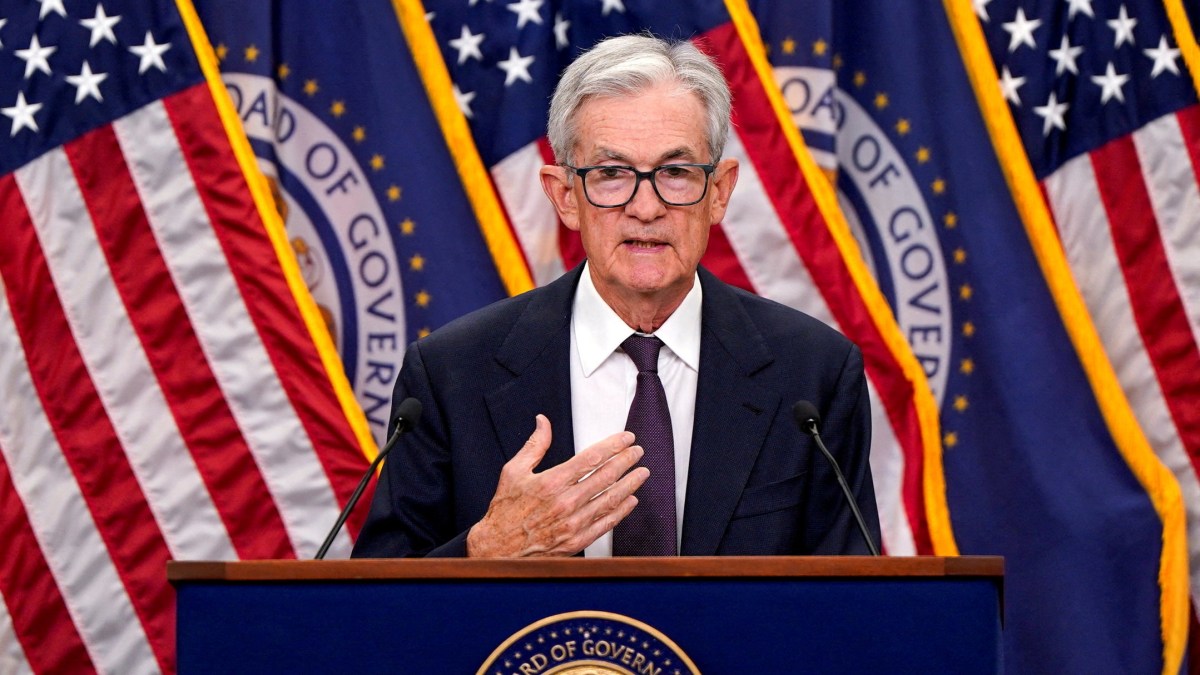Inflation in the US economy hit 3 per cent in September, the first time it had done so since the start of the year, undershooting expectations and paving the way for another interest rate cut next week.
Annual consumer prices rose to 3 per cent last month from 2.9 per cent in August, below forecasts of a rise to 3.1 per cent. Prices are now accelerating at the fastest pace since January, but traders still expect the Federal Reserve to cut borrowing costs again next Wednesday.
September’s inflation report is the first major data release this month, as the US federal government shutdown has prevented the collection and publication of most economic statistics.
• Low inflation deflates US policymakers
The US Bureau of Labor Statistics said monthly inflation slowed to 0.3 per cent from 0.4 per cent, while a measure of annual core inflation, which strips out energy and food prices, slowed to 3 per cent from 3.1 per cent in September.
Olu Sonola, head of economic research at Fitch Ratings, said the Fed would not be “derailed” from carrying out its second interest rate cut in two months next week.
“As odd as it may seem, the Fed will be happy with inflation staying around 3 per cent for the next couple of months. The tariff pass-through generally remains muted, as the focus shifts squarely to a weakening labour market. This will be framed as an insurance cut, with hopes that by December the shutdown is over and the Fed has a clearer read on jobs,” he said.
Goods inflation has been rising on the back of the highest US tariffs in a century, but the bulk of the import taxes have been absorbed by importers since April. Stockpiling at the start of the year has also meant tariff costs have not yet shown up clearly in inflation data. The Trump administration has said tariffs will result in a one-off increase in prices, rather than a sustained period of inflation.
Michael Pearce, deputy chief economist at Oxford Economics, said tariffs had already added 0.4 percentage points to headline inflation this year. “Tariffs are still pushing up goods prices and the pass-through is broadening, with clothing, furniture and personal goods prices all posting strong gains,” he said.
The US central bank cut interest rates for the first time in a year in September, and markets expect another reduction this month and again in December. Jerome Powell, the Fed chairman, has said he is worried about the worsening labour market, warning that the “downside risks to employment have risen”.
Traders bought US government bonds and sold the dollar in anticipation of looser monetary policy. The yield on two-year Treasury bonds, which are sensitive to interest rate expectations, fell 0.03 percentage points to 3.46 per cent, and by 0.02 percentage points on 10-year bonds to 3.98 per cent. Yields fall when the price of a bond rises. The dollar slipped by 0.11 per cent against a basket of currencies.

